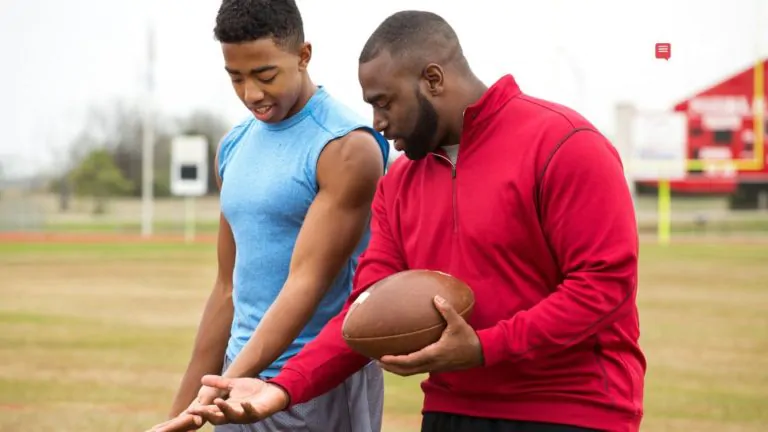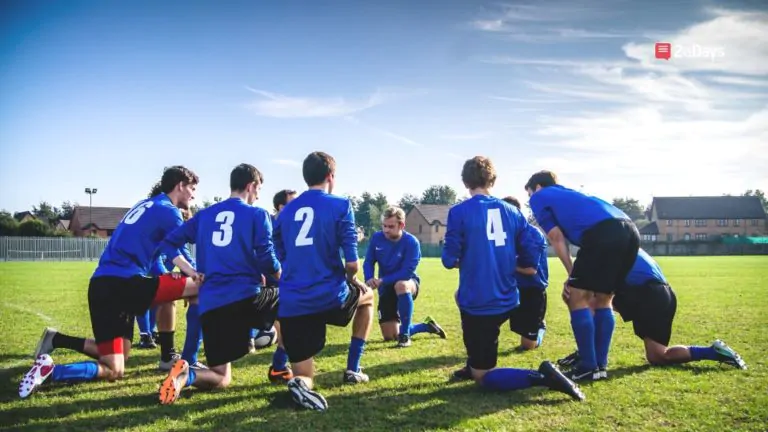In a perfect world, athletic scholarships would be simple and all college athletes would have four-year, guaranteed, full-ride scholarships, but the reality of the college sports industry is much more complex than that. Many college athletes who hope their sport will fully cover the cost of their education are sorely disappointed when they receive their first scholarship offer, while others are completely covered financially. How do you, as an aspiring college athlete, know where you are going to fall? A lot of it depends on the sport you play.
Head-count vs. Equivalency Sports
When it comes to athletic scholarships, there are two broad categories: head-count and equivalency.
Head-count sports are those in which the athletes either get a full ride scholarship or nothing at all, and these sports are NCAA football, men's and women's basketball, women's volleyball, women's tennis, and women's gymnastics (if that looks lopsided on the women's side, remember that college football teams can field over 100 players, and per NCAA rules, up to 85 of them can have full scholarships).
Equivalency sports are every other NCAA-sponsored sport not listed above, like track and field, baseball, softball, soccer, and other Olympic sports, as well as all NAIA sports.
Related: Rate your Coaches, Facilities and Campus Visits
Here's where things get tricky. Athletes playing head-count sports have more cut and dry scholarship policies, whereas athletes that play equivalency sports have a more complex deal. Equivalency scholarships work as follows: before the beginning of every academic year, the head coach of an equivalency sport gets a set dollar amount of scholarships to distribute amongst his or her roster. Take men's track and field for example: every summer, the head coach of a men's track and field team can offer up to the dollar equivalent of 12.6 total scholarships to award his or her athletes. They can then split that dollar amount among as many athletes as they want, however they want.
That's one of the reasons athletic skill can only take you so far, a dynamic that Don Williams, head of operations at Soccer Recruiting USA, described in an interview with 2aDays:
“Soccer is all equivalency scholarships, not headcount,” Williams explained. “I would like to see all the sports work on the same model. It's very confusing for families when their superstar soccer athlete is only getting a partial scholarship, and their neighbor's mediocre football player gets a full-ride because that's how headcount scholarships work.”
There are two things to keep in mind here:
1: Your typical track team fields a roster of at least 30 athletes, amongst whom those 12.6 schoalrships are meant to be split, which reflects the reality of financial aid for the majority of college athletes: many are compensated for room and board OR tuition, OR meals, OR books, OR a combination of these things, but rarely their total cost of attendance.
2: NCAA scholarship limits are ceilings, meaning that universities do not have to award coaches the full amount.
That's why it's a great idea for prospective athletes who play equivalency sports to score well on standardized testing so they can apply for and rack up as much academic aid as possible. The financial aid you earn outside of sports is less money that will come from your future team's overall budget, and coaches love “discount athletes” who don't require them to tap into their limited athletic aid stores. This also gives your teammates a better chance, and gives you a more reliable and consistent source of aid. If your athletic scholarship gets revoked or you get injured, it's nice to have some financial aid to fall back on.
Related: 5 Reasons Grades are Important as an Athletic Recruit
Read Your Scholarship Agreement
Another important note for both head-count and equivalency sport athletes: depending on your university's scholarship policies, your scholarship may not be guaranteed for more than a single academic year. Most athletic scholarships are renewable, meaning they expire at the end of every athletic season, and the amount of aid you sign for prior to your freshman year can change. This also means that you have to continually earn it, and if you fail to meet your coach's expectations, your aid can be reduced non-renewed. This is why it's important for all aspiring college athletes to have clear communication with their future coaches and read the fine print of any scholarship agreements offered to them.
Have an idea for a story or a question you need answered? Email us at [email protected]
* Originally published on January 24, 2022, by Katie Lever, Ph. D







